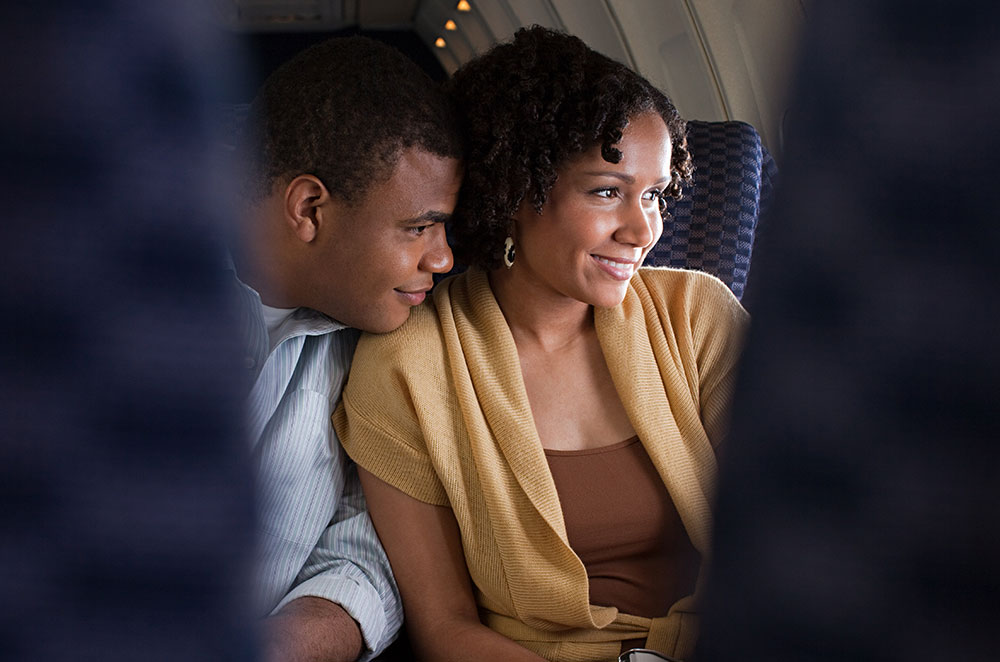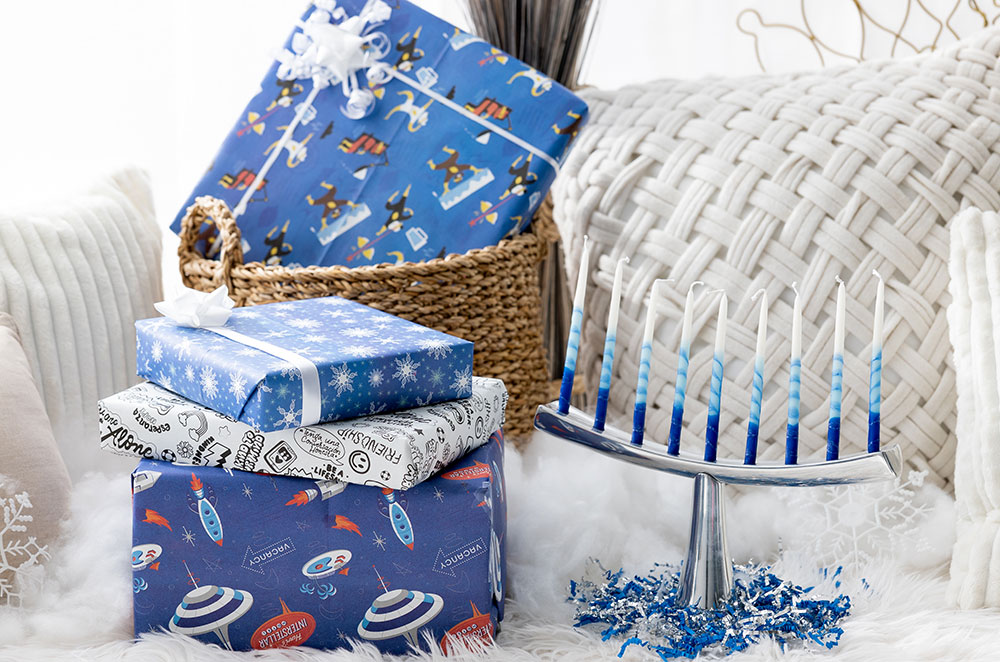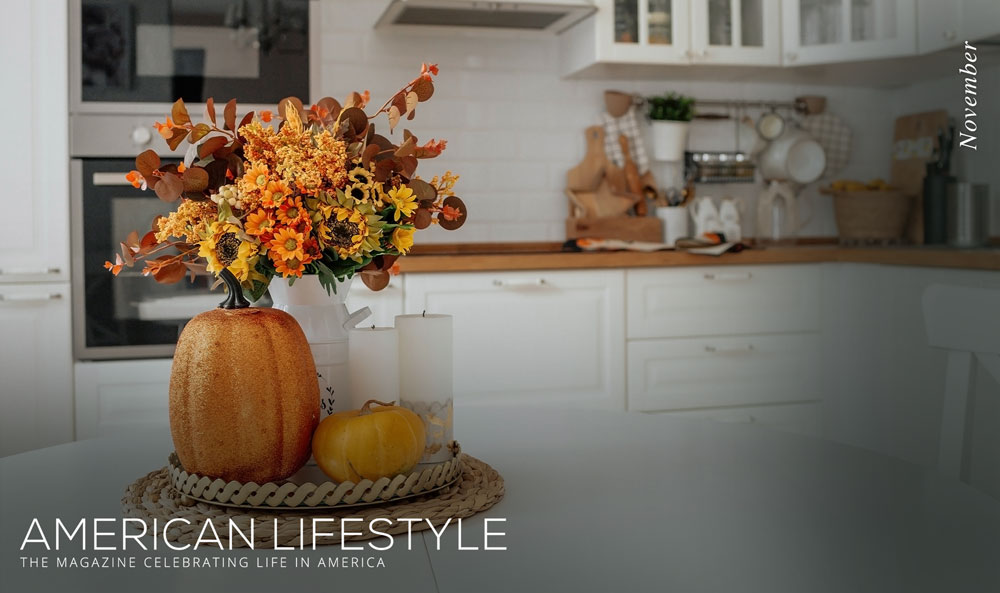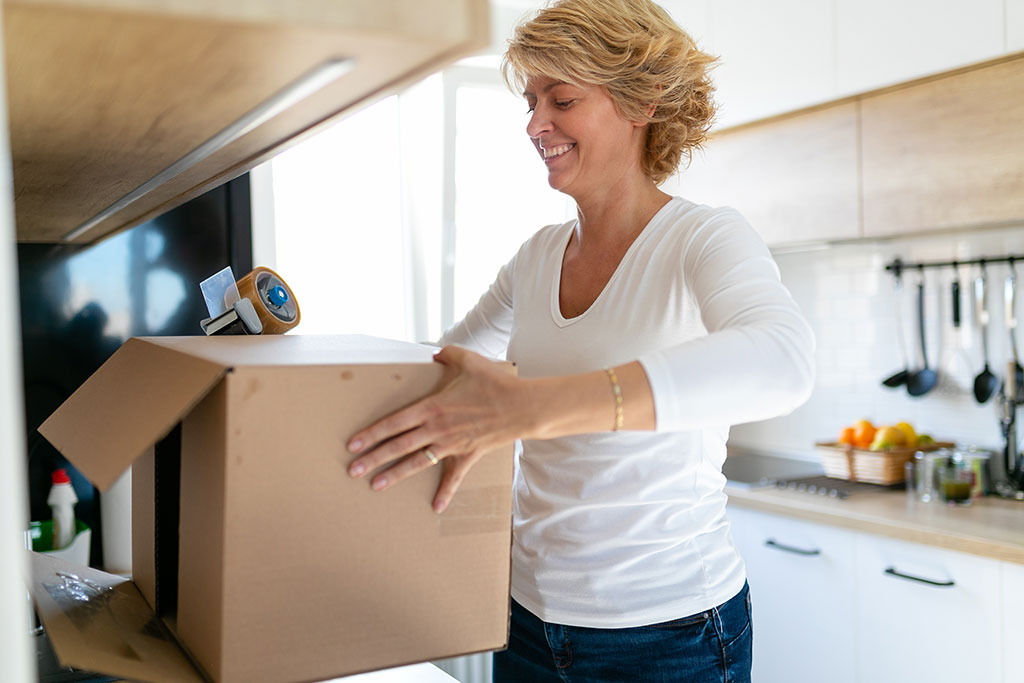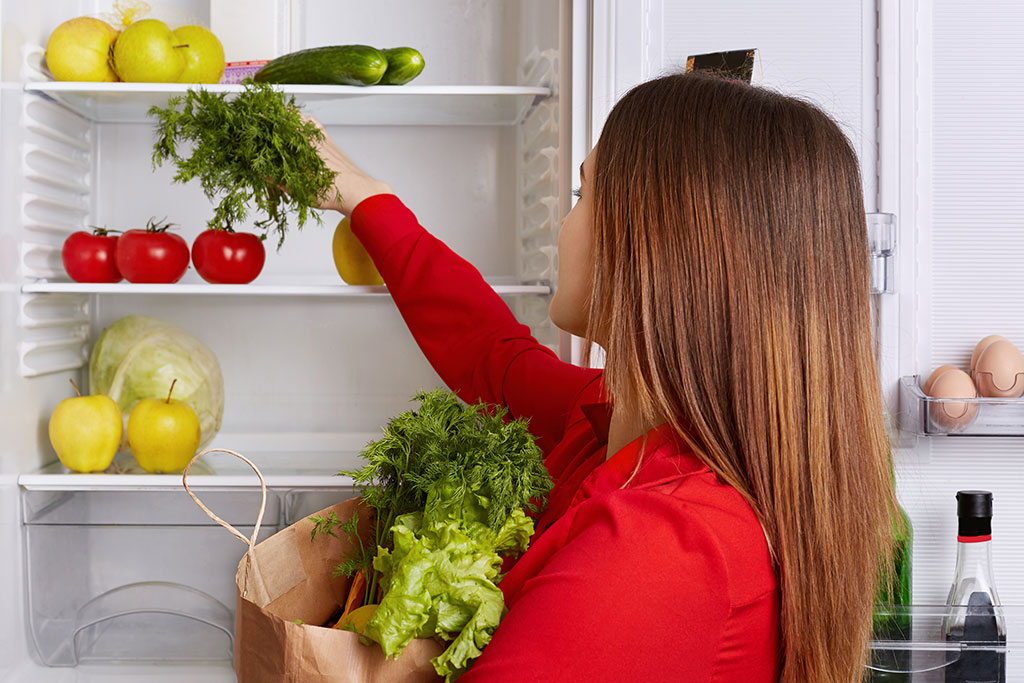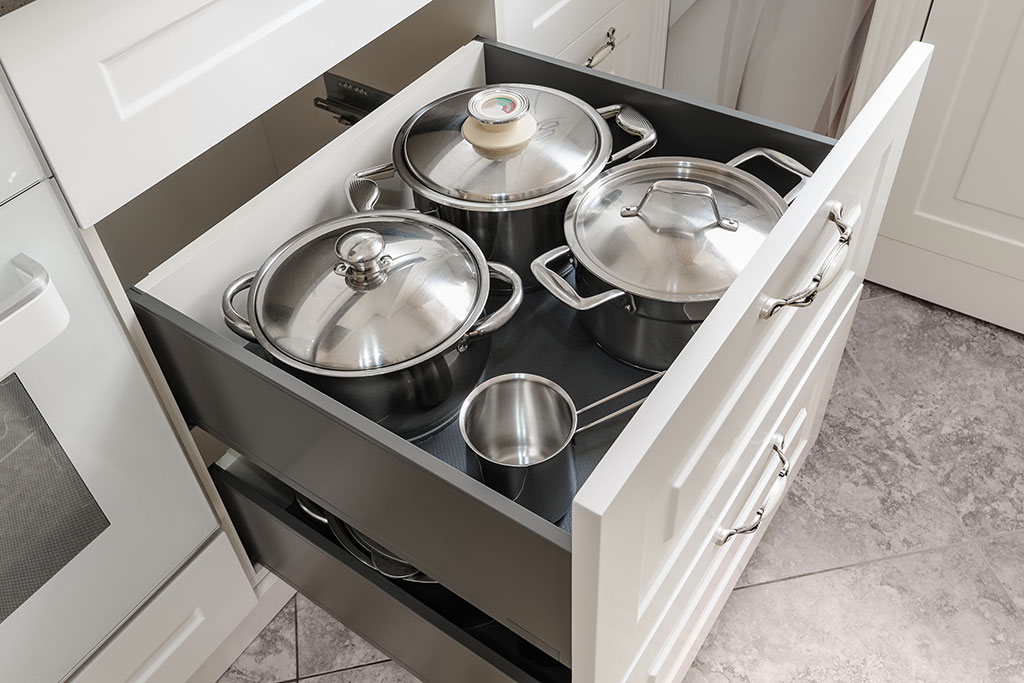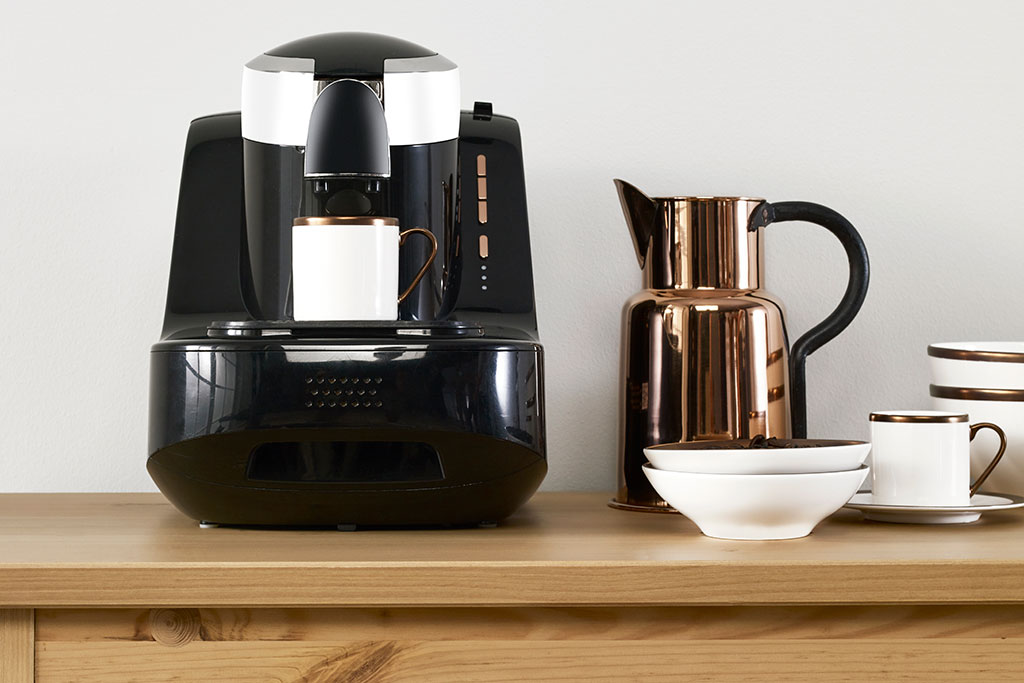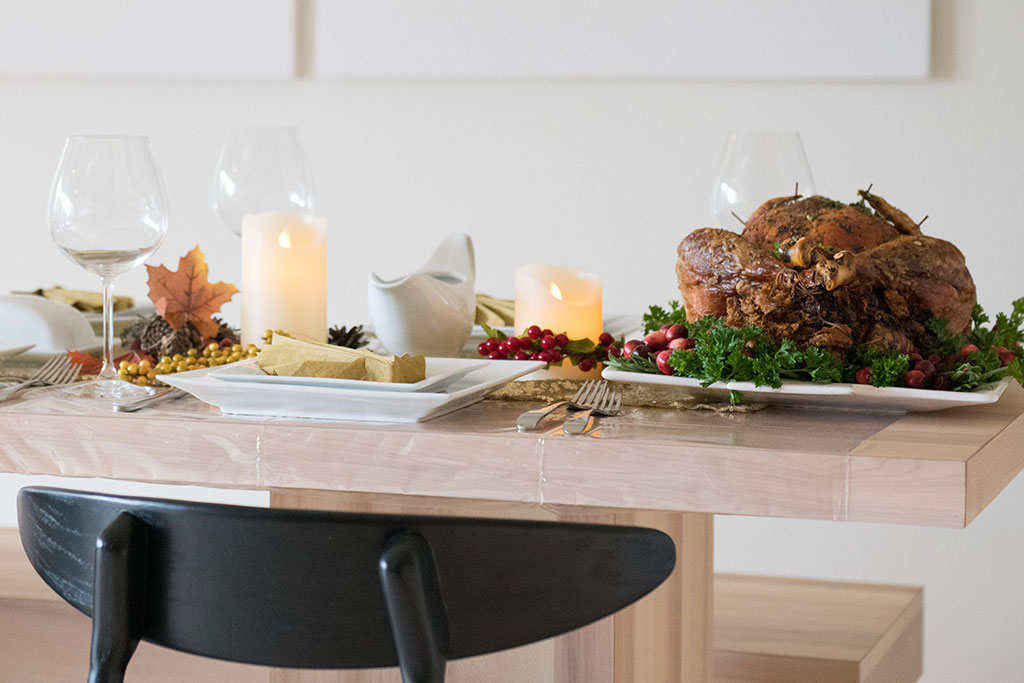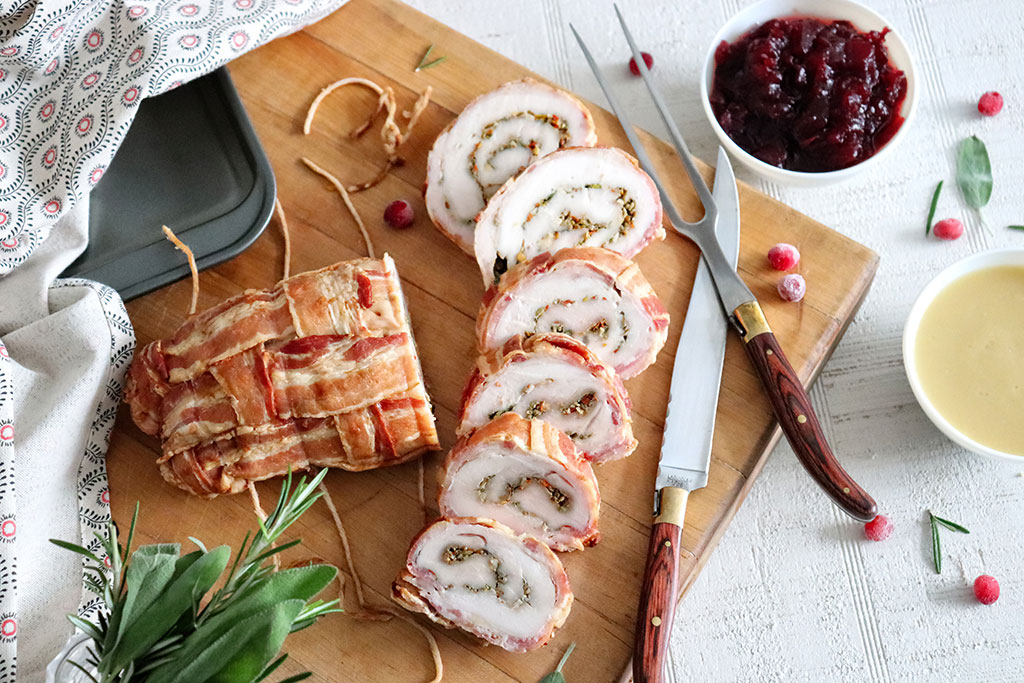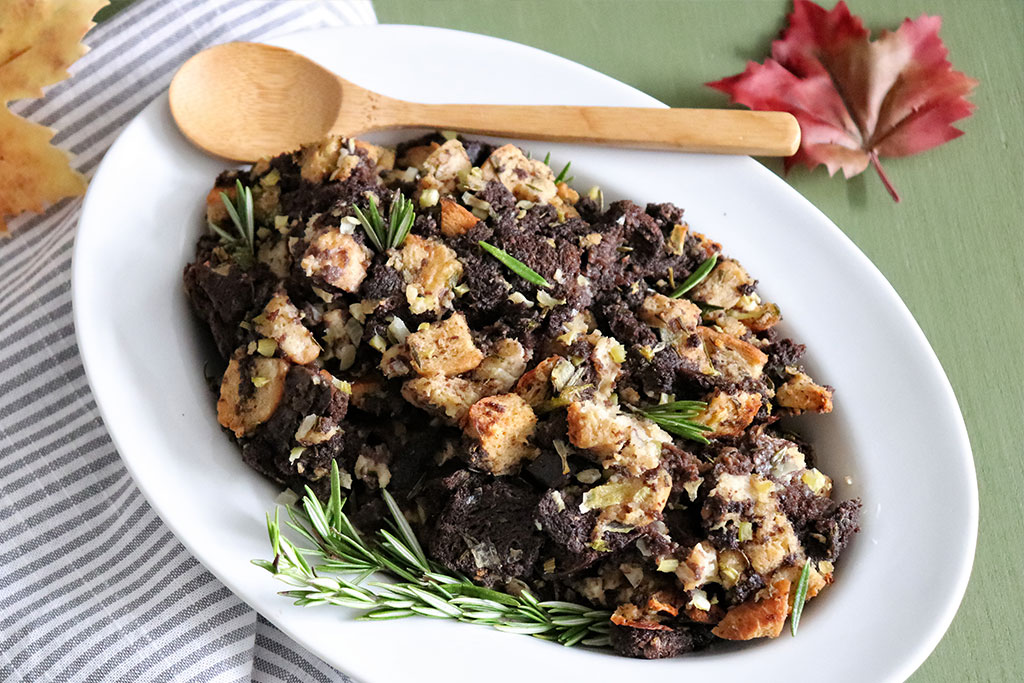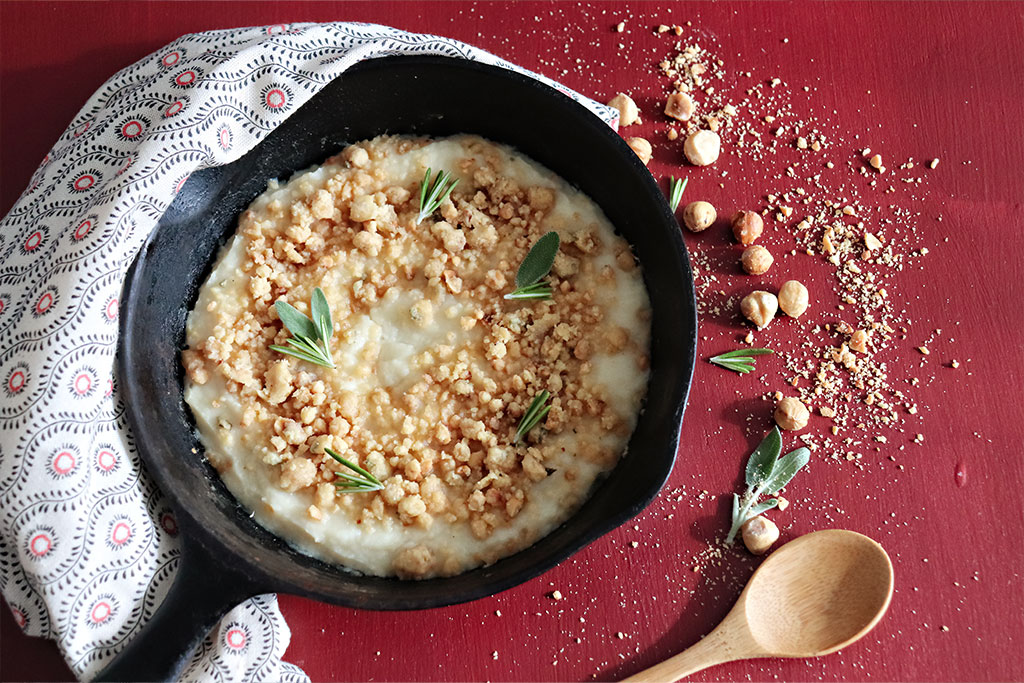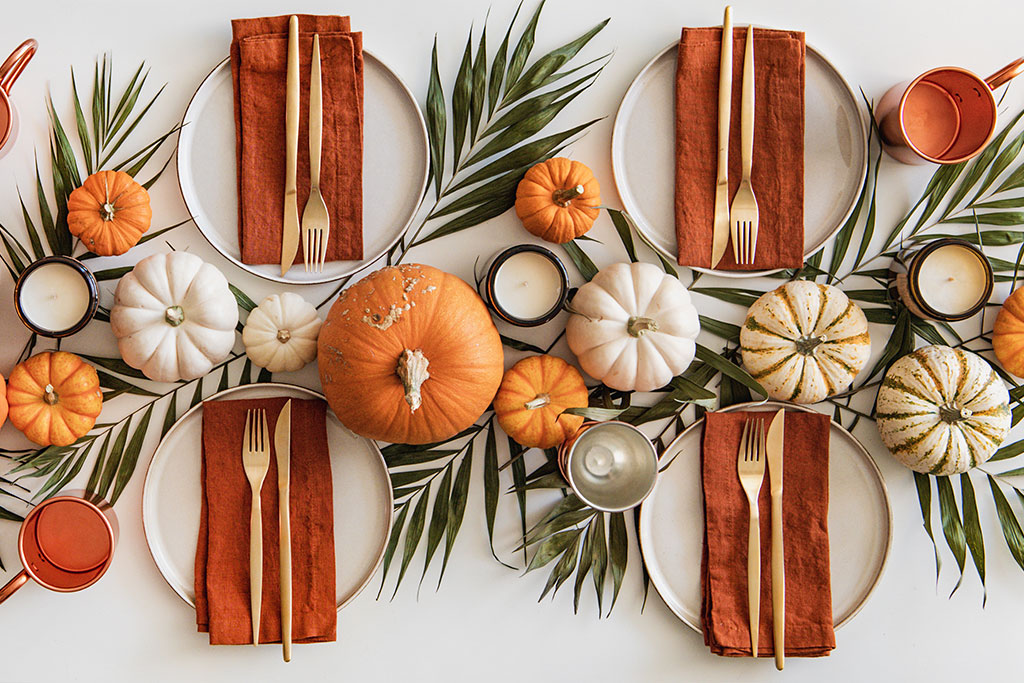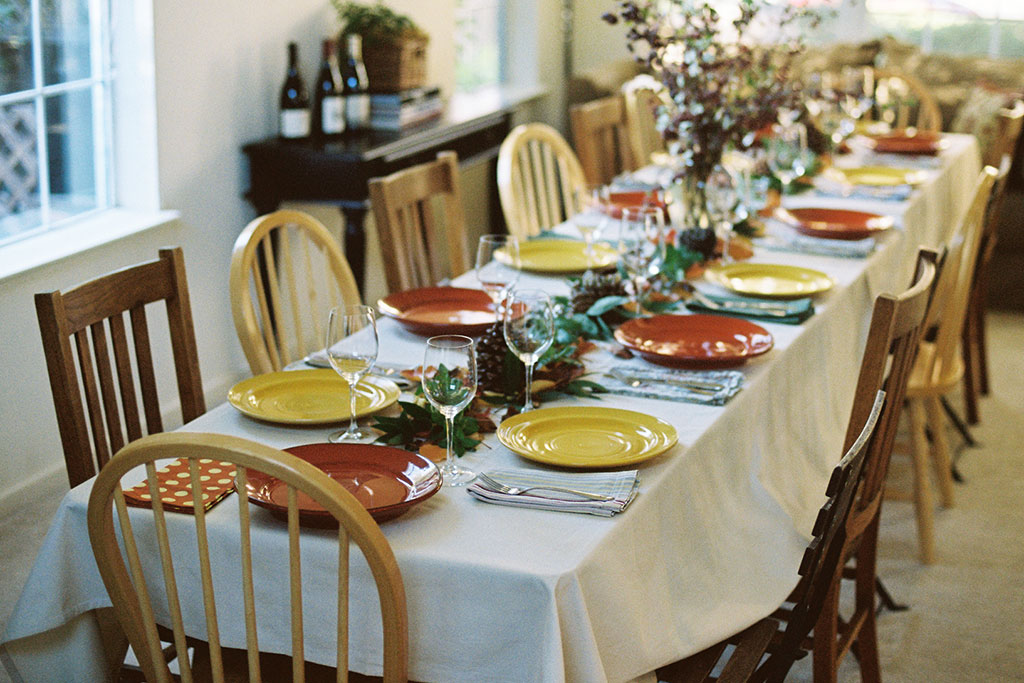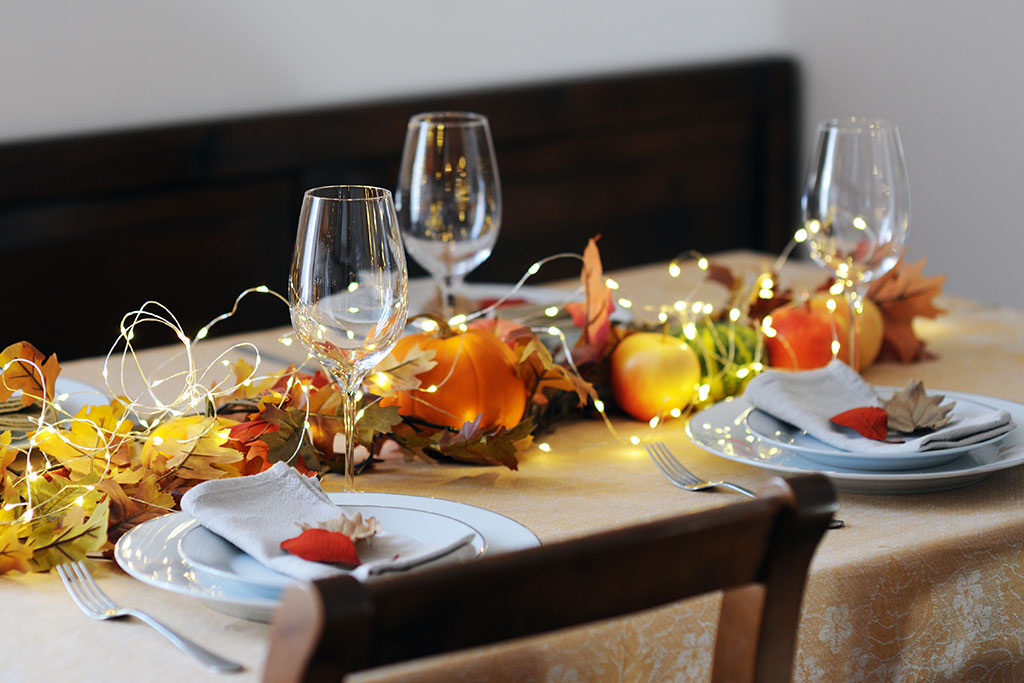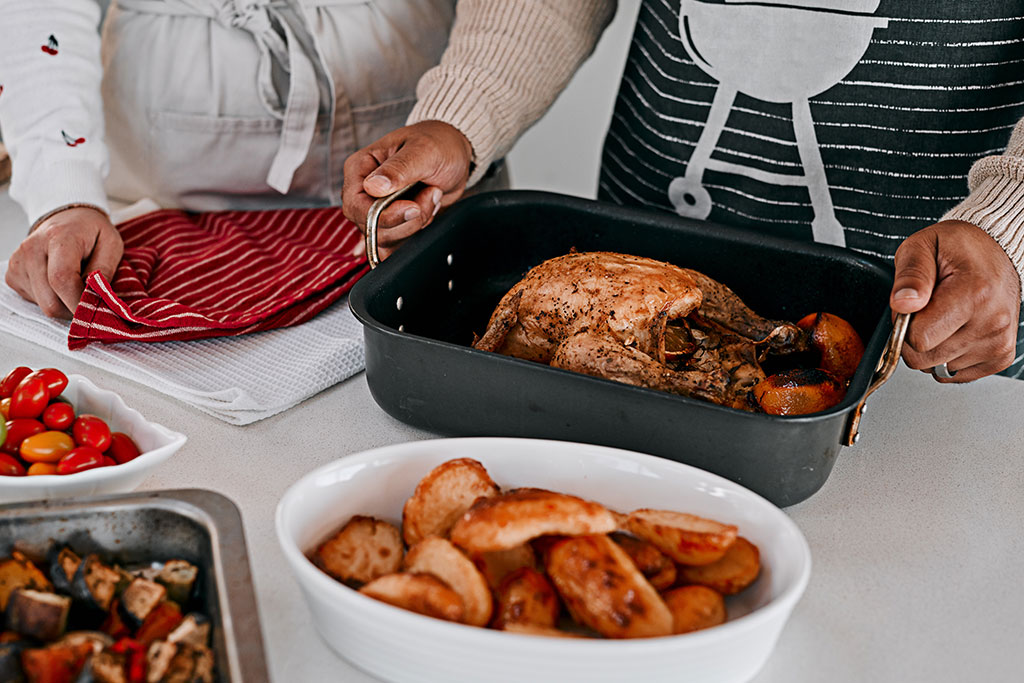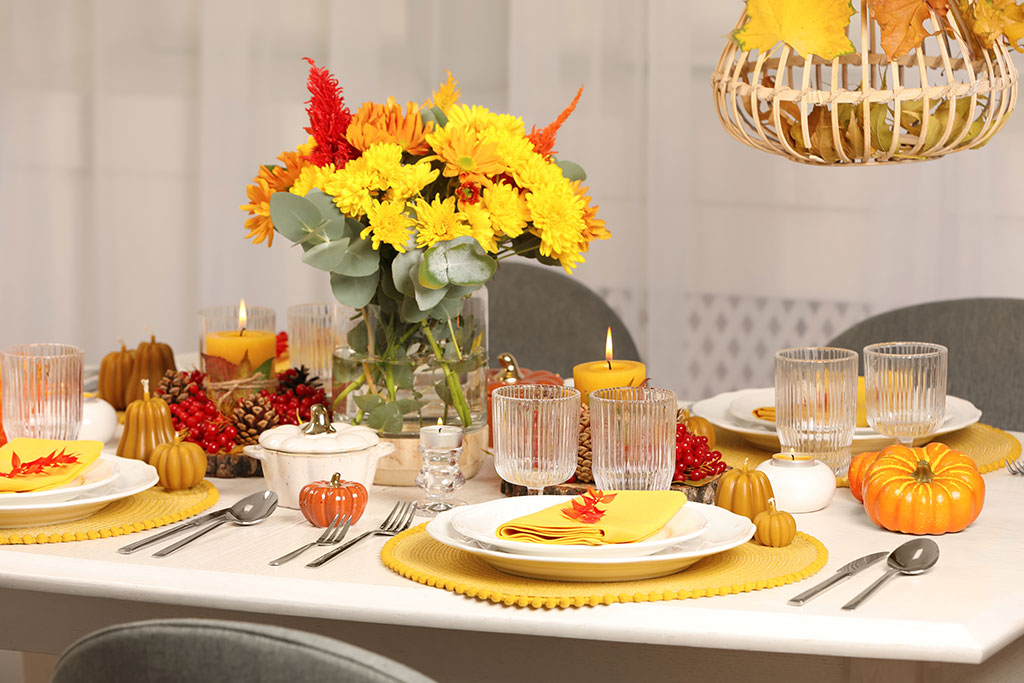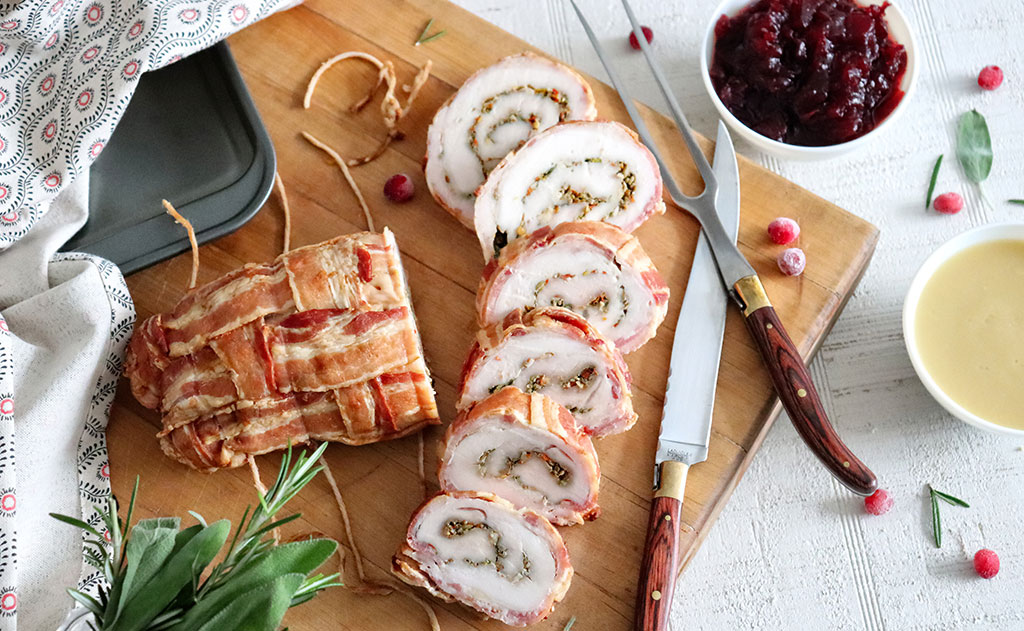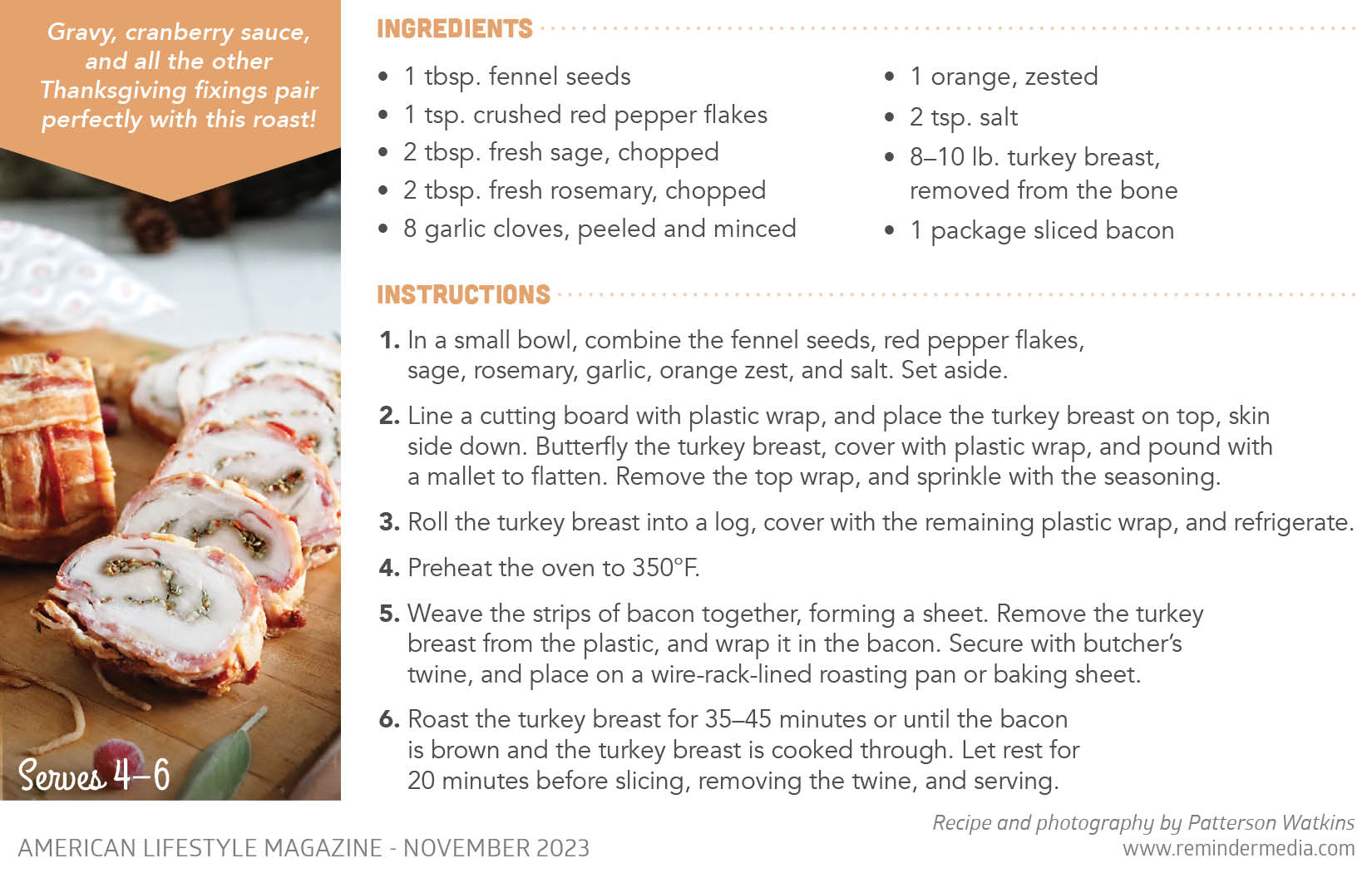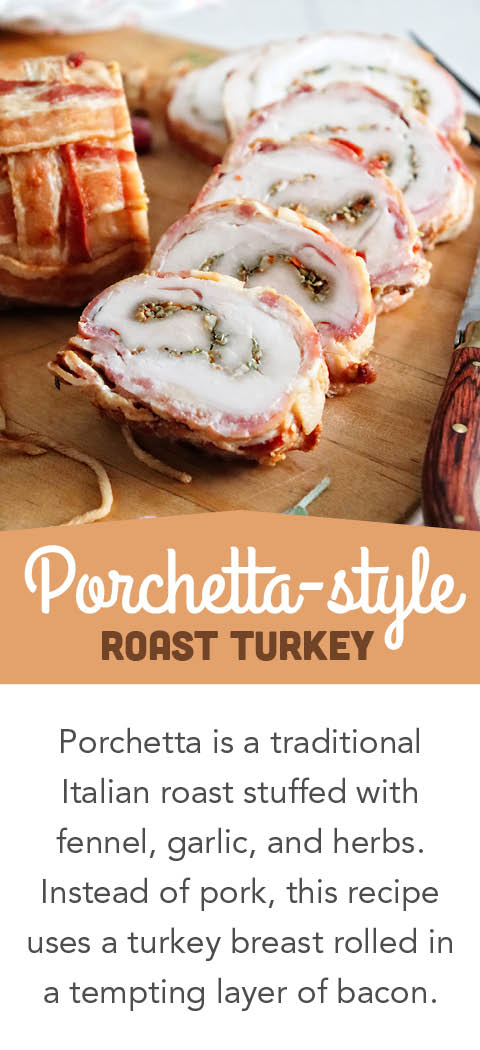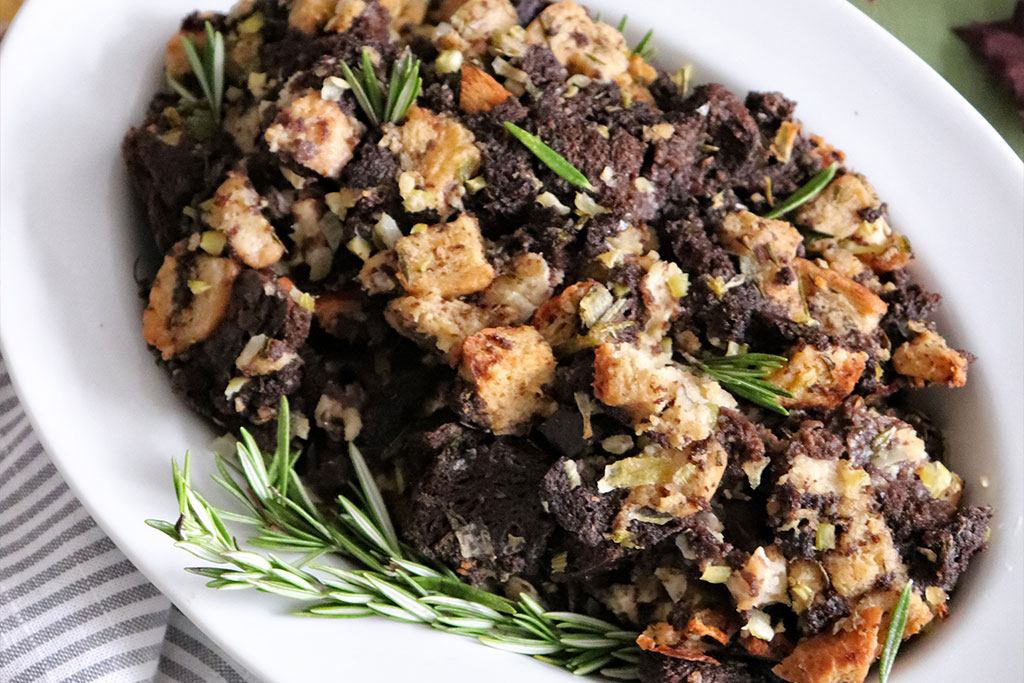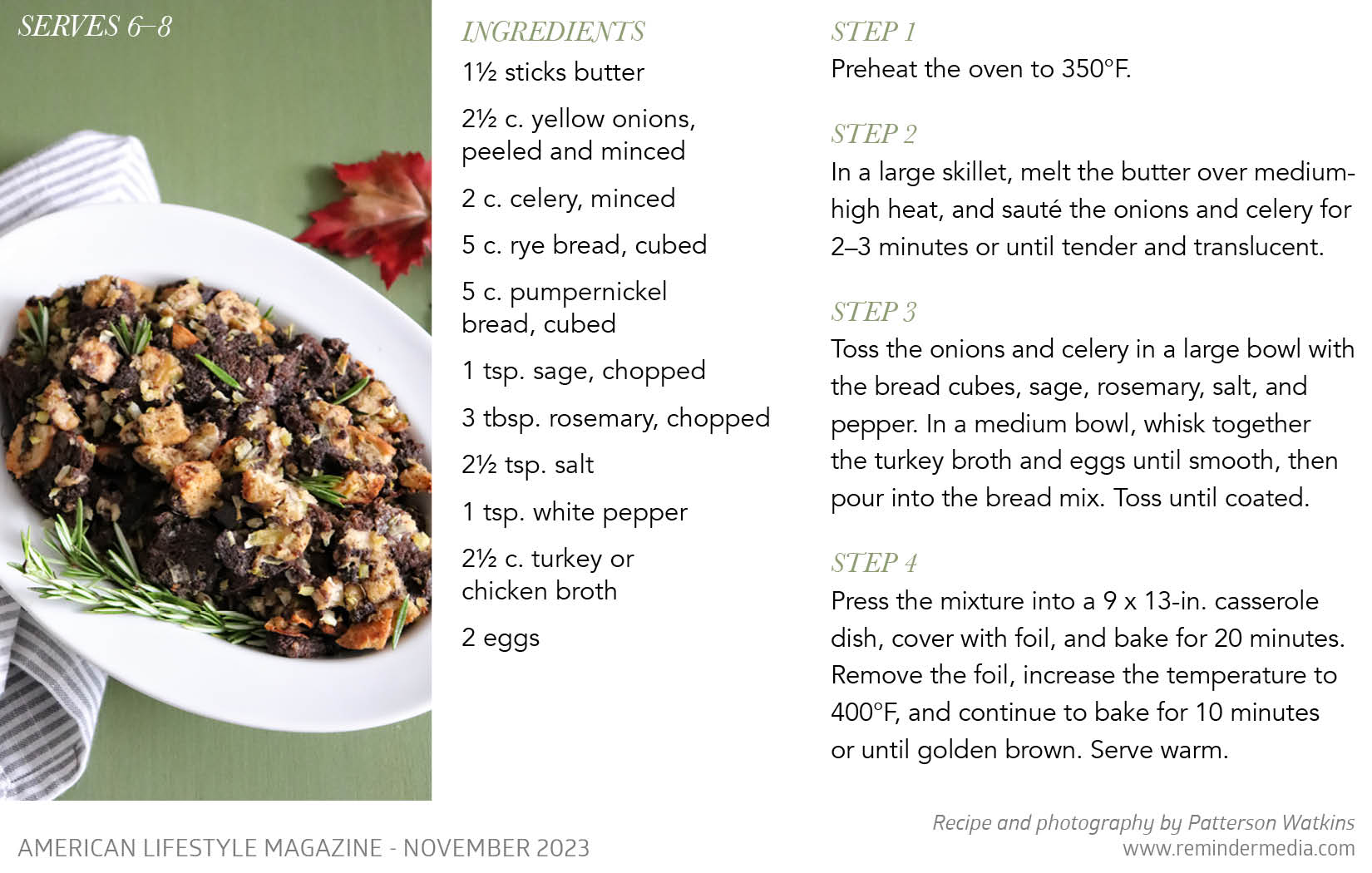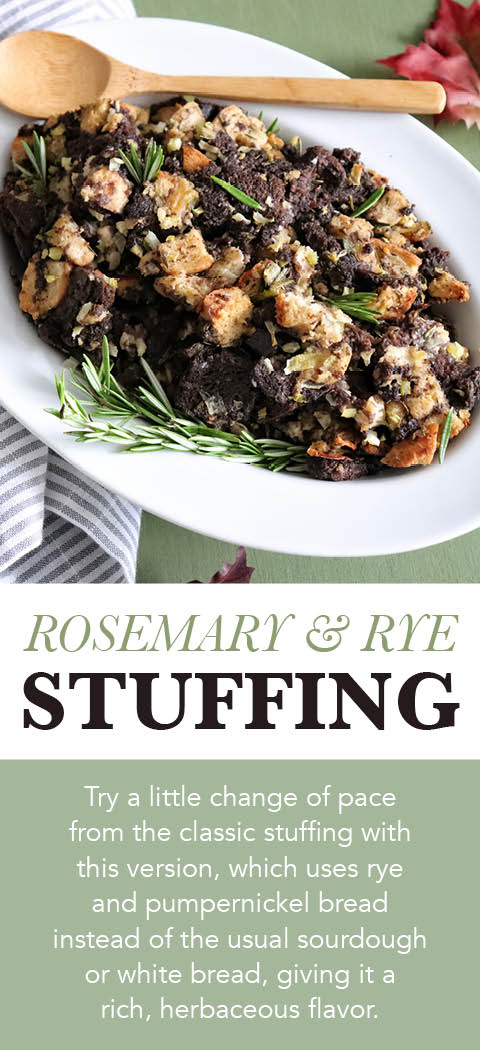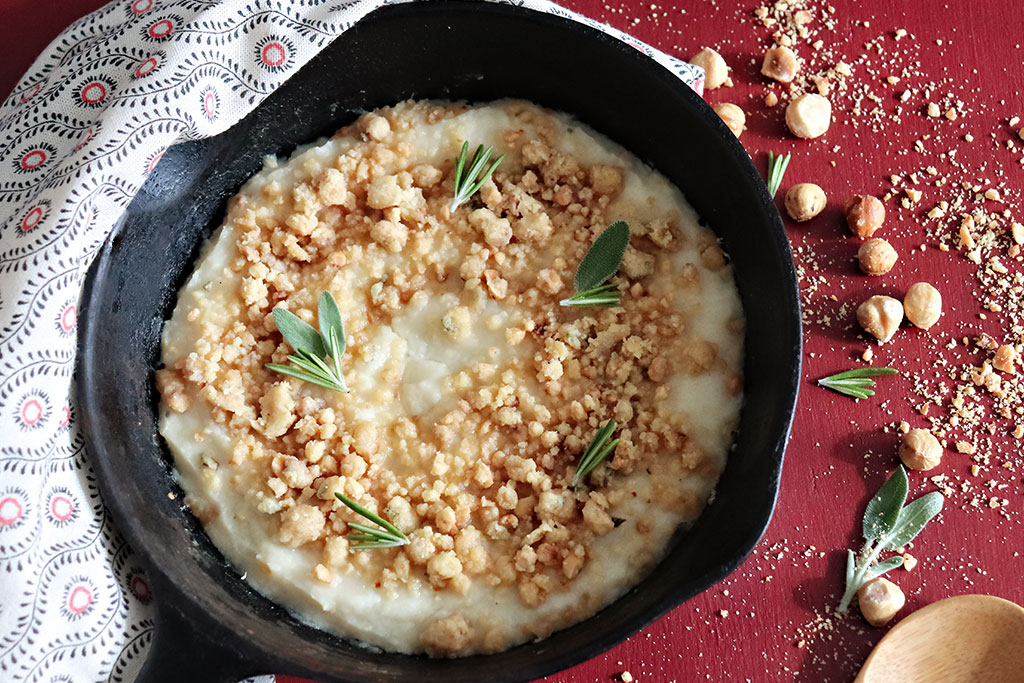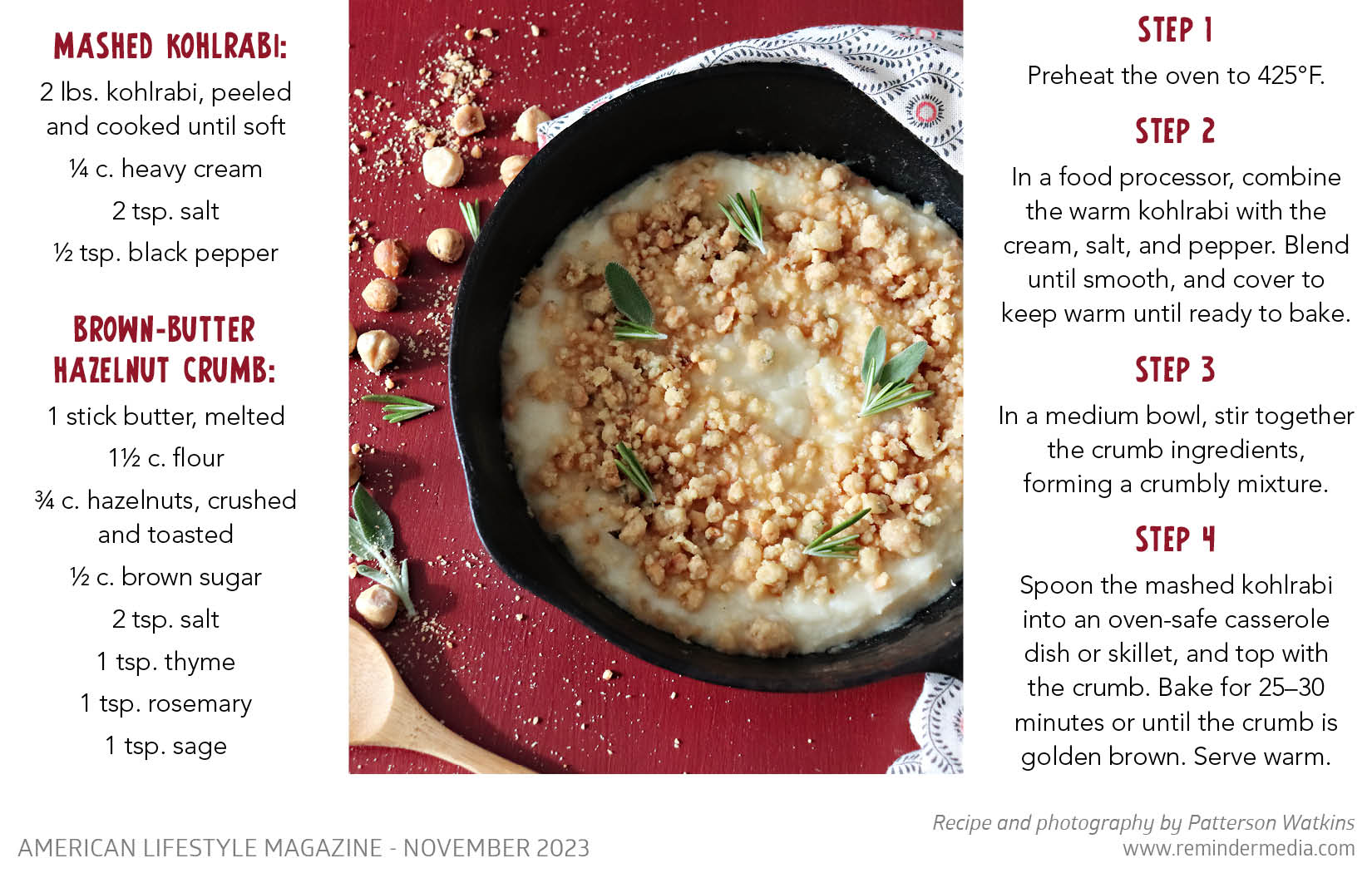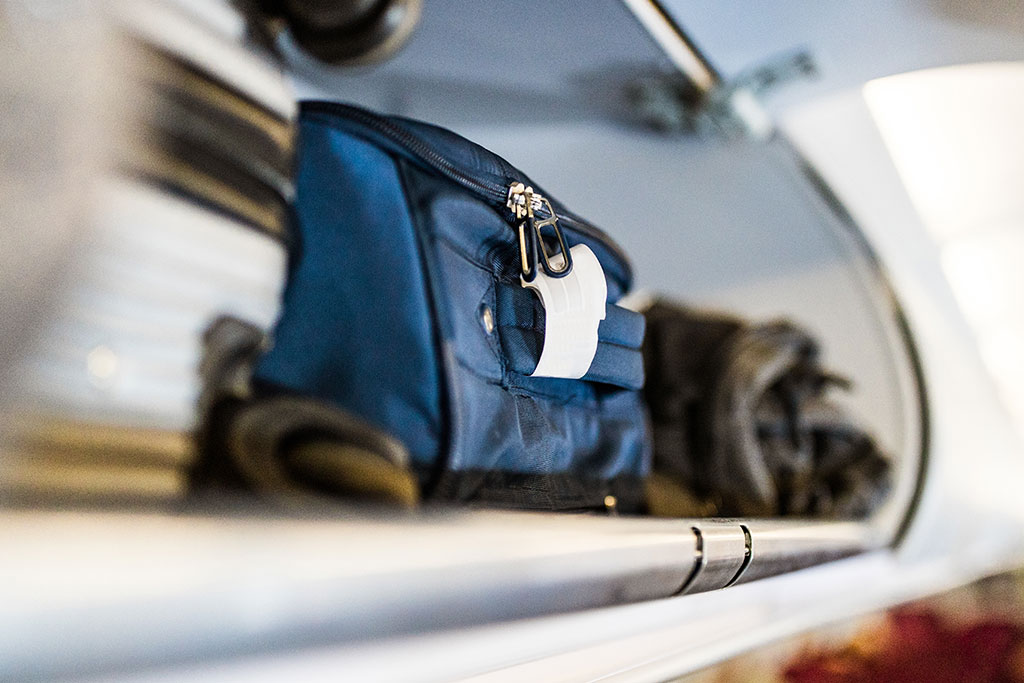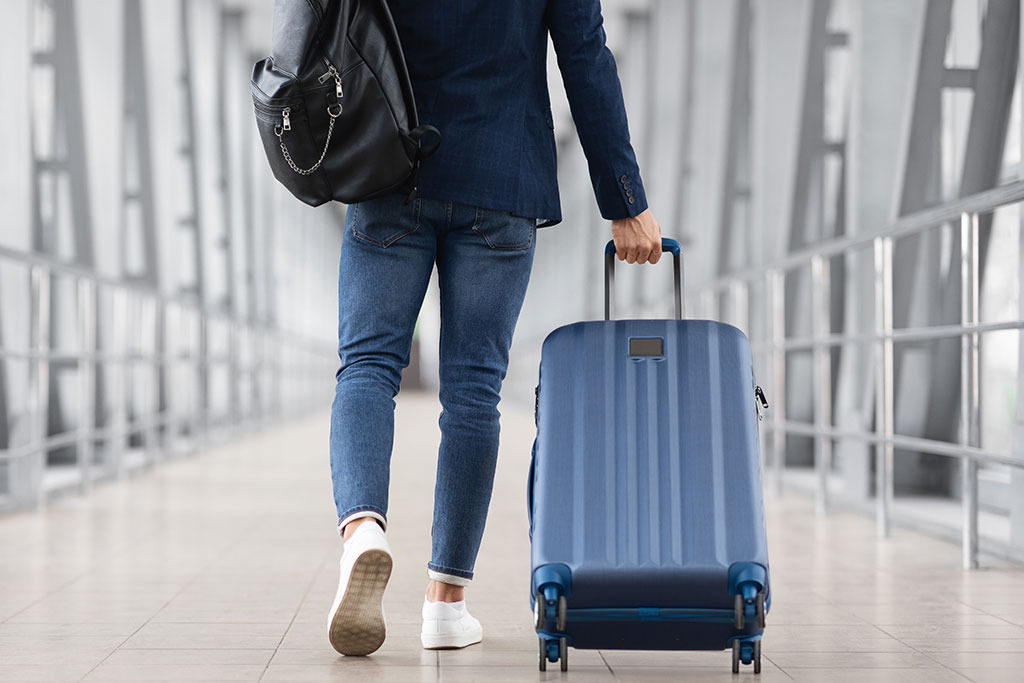Array
(
[0] => Array
(
[item_type] => phone
[content] => Array
(
[label] => Phone
[number] => 2063514296
[extension] =>
)
)
[1] => Array
(
[item_type] => email
[content] => Array
(
[label] => E-mail
[email_address] => ezzie@solditclosedit.com
)
)
[2] => Array
(
[item_type] => website
[content] => Array
(
[label] =>
[value] => www.solditclosedit.com
)
)
[3] => Array
(
[item_type] => address
[content] => Array
(
[label] => Office
[addressee] => Serving Snohomish & King County
[address1] =>
[address2] =>
[city] =>
[state] =>
[zip] =>
)
)
)
?>
Patrick Feeny and Patrick Kling, founders of Giftiply, discuss their company’s unique approach to wrapping paper that’s centered on sustainability, artistry, and philanthropy.

How did Giftiply come about?
Patrick F: I have nonprofit experience, having started my own with colleagues in the music industry, and I’ve always wanted to return to it. After the pandemic began, Patrick—who I’ve been friends with since high school—approached me with his idea.
Patrick K: I was doing theme park design for Nickelodeon before our office shut down in April 2021 due to COVID; that situation led me to brainstorm potential business ideas. Looking at my family’s Christmas tree later that year reminded me how much wrapping paper waste has always bugged me. And, being a creative, I thought about the people who design wrapping paper and how you never know who they are. I also have a background in nonprofits, including starting my own, so I combined the three: attaching philanthropy to eco-friendly wrapping paper with unique designs by popular artists. I asked Pat to come in 50-50; with basically a handshake over Zoom, he did.

Have you both always had a passion for altruism?
Patrick F: I remember going to South Central and East LA with my mom, where she would do Medicare enrollment events for her job, and realizing pretty quickly that not everyone lived as we did in Irvine. That stoked my interest from a young age. I’m also an avid outdoorsman, so I’m into conservation and sustainability efforts.
Patrick K: When I moved from LA to Orlando about ten years ago, I started volunteering at a place called Give Kids the World, which provides critically ill children and their families with weeklong wish vacations at no cost. That experience inspired me to always give back in my career, which is at the heart of the Giftiply mission. We think that one decision can exponentially change the world. By buying our products, you contribute money to and spread awareness of a nonprofit.
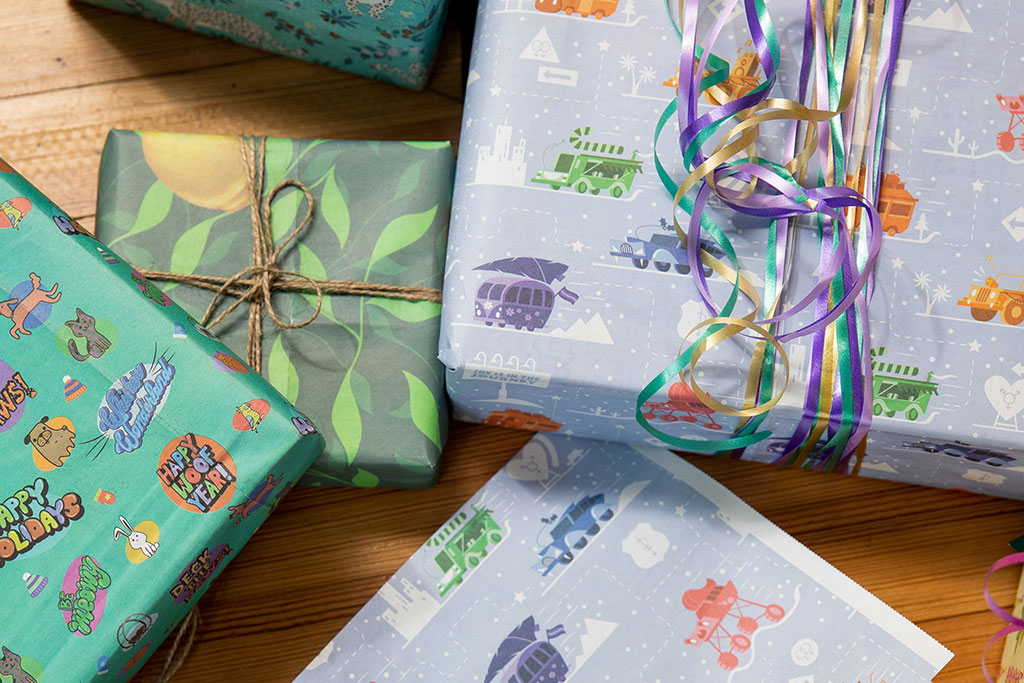
What is your creative process?
Patrick K: We’ve always focused on telling stories: about the artists and the nonprofits. The first step of crafting a new design is getting a nonprofit partner on board, so we meet to learn more about them and vice versa. Once that’s done, we give our artist partners the freedom to come up with unique ideas for a wrapping paper based on that organization. Meanwhile, Pat and I stay laser focused on technical things like scale—if a design will look reasonably good wrapped around both a jewelry box and a shirt box—and ensuring that each design is unique.
We then present the nonprofit with a few options, in part because the subject matter can get tricky. For instance, the paper for animal-rescue organization Best Friends features dogs and cats, which everyone’s going to be drawn to. But the American Foundation for Suicide Prevention needs to be a bit more sensitive. We brought them to the table for a good, thoughtful discussion, resulting in the “Words of Affirmation” design.
Patrick F: Our ultimate goal is to turn a nonprofit’s core values into a concept. For example, the “Superhero Bears” design for Alex’s Lemonade Stand Foundation is a nod to the teddy bears it gives to the children in hospitals—their heroes. That’s the creative challenge: coming up with a whimsical and reverential design about a serious topic that also inspires others to learn more about it.
Philanthropy is at the core of our products, as 33 percent of every purchase goes to the featured nonprofit. But artistry is also important to us; we see wrapping paper as a new art medium. Our artist partners are passionate about the causes we represent but may not have known how to connect with the philanthropic world. Likewise, nonprofits want to work with artists but aren’t necessarily art managers. We bridge that gap.

The back of your paper is also unique. Tell us about it:
Patrick K: Part of our quest to make a compelling product included taking advantage of both sides, so customers can learn more about the nonprofit, the artist, and recycling from the back.
Patrick F: You can only keep people’s attention on the back of wrapping paper for so long. They aren’t used to actually reading wrapping paper, but they are used to scanning things on their phones to get information. That’s why we include a QR code on our products. Online, the possibilities are endless—you’ll even find videos about each nonprofit and direct-donate links to support it further.
Would you discuss your paper’s eco-friendliness?
Patrick F: In business, the term “eco-friendly” can be nebulous, so we live out our sustainability vision from soup to nuts. Our products and packaging are all 100 percent recyclable and manufactured in the United States, reducing our carbon footprint. We use newsprint, which is the most recyclable paper: it can be recycled up to eleven times. We also utilize soy-based inks, which both have their own unique color and texture qualities and are nontoxic and eco-friendly. You can even make an art project out of our custom packaging—it turns into a paper airplane—and the plastic substitute in our packaging is made from corn.
So integrity is not just a gimmick for us. It’s not enough just to sell wrapping paper; we also must hit our goals of artistry, creativity, and sustainability every time.
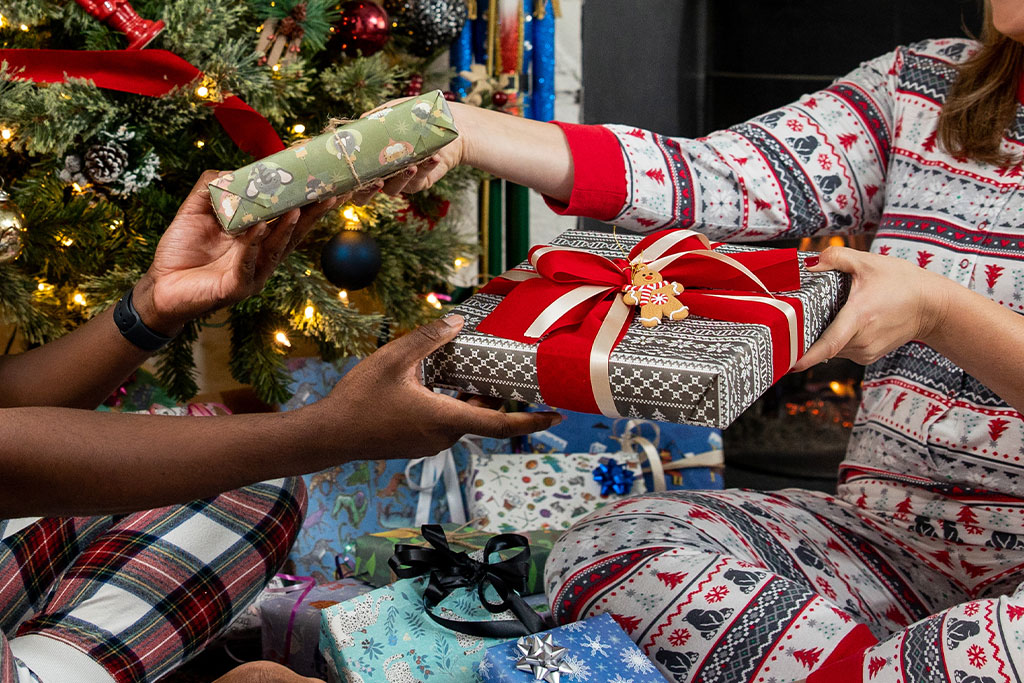
What are some of the challenges you’ve overcome on this venture?
Patrick K: The first was creating relationships with nonprofits, some of which only want to work with established companies. A continual challenge is awareness, which is the focus of our second year. It’s all about getting the products out there and spreading the message about our mission.
Patrick F: Another surprising challenge was breaking people’s long-standing wrapping paper habits. We rented a kiosk at the Mall of America to introduce our product and found that shoppers frequently didn’t immediately recognize it as wrapping paper because it’s flat packed. And once they did, they didn’t know how much they could wrap with it because they’re so used to rolled wrapping paper. We now clarify that on our website and emphasize the convenience of being able to easily store the paper in a drawer.
Plus, this is boutique wrapping paper; similar products on Etsy can easily cost $50, so our pricing is extremely competitive. Even still, many people are used to buying an armful of wrapping paper for only five bucks at the dollar store—but we offer a better, more meaningful option.
For more info, visit giftiply.com


